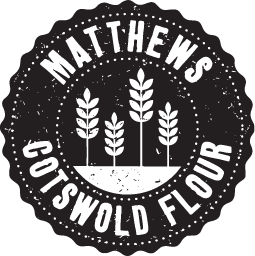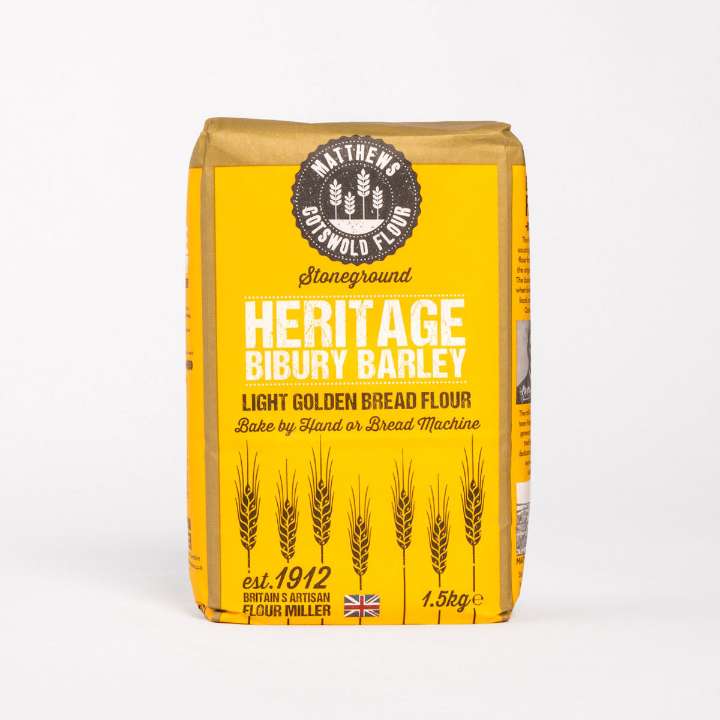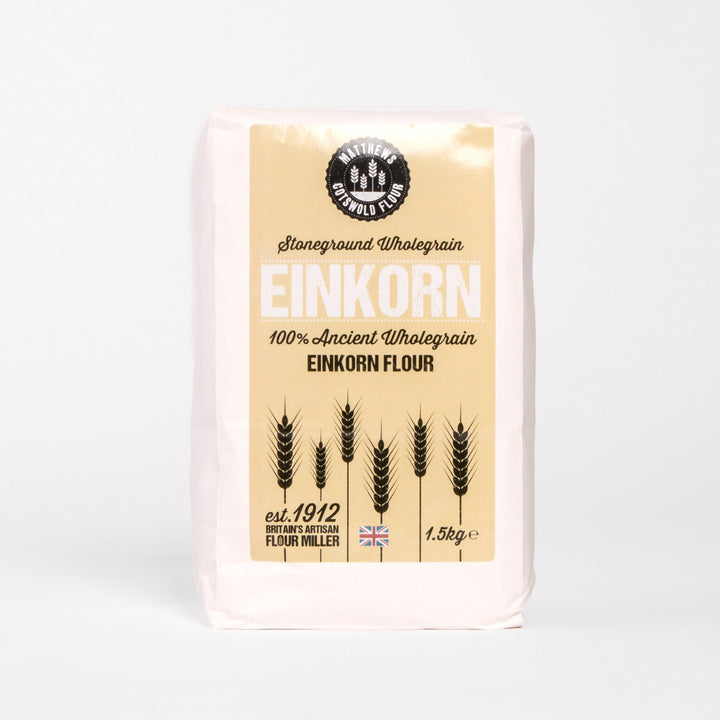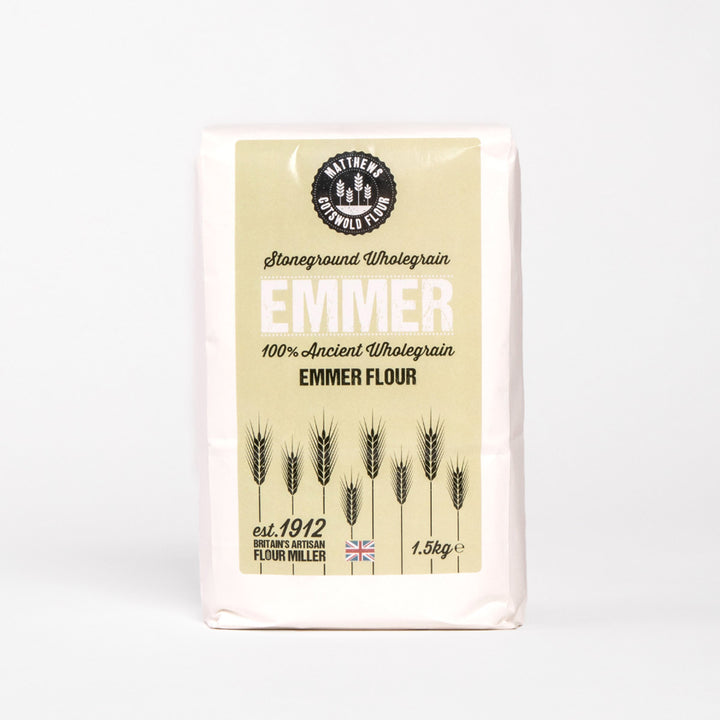All-purpose flour vs self-raising flour
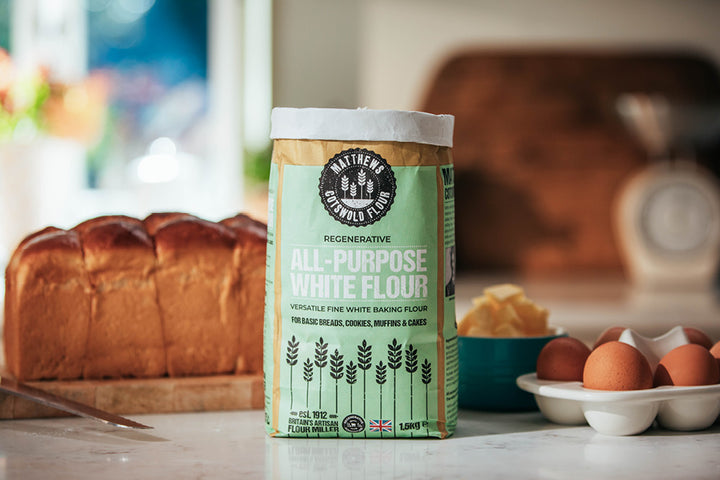
All-purpose flour vs self-raising flour: what are their purposes?
There are different types of flour available today ranging from spelt flour to wholemeal flour, to pizza flour, to grain flour, and more.
In terms of wheat flour, there are various types within the wheat family and different types contain different percentages of gluten and protein.
These differences in percentages are what make one type of flour ideal for one recipe, and another type suitable for another recipe. The most commonly sold and used wheat flour is refined white flour.
During the refinement process, germ and bran of white flour are removed which leaves the endosperm of the wheat kernel behind.
This removal of germ increases the shelf life of white flour and makes the flour simple and basic and suitable for making different baked goods and general cooking.
More, grinding the endosperm into a fine powder, you get a flour that can be turned into all-purpose flour or self-raising flour with the addition of a leavening agent. Both types of flour are commonly used for cooking and baking.
What is all-purpose flour?
All purpose flour is the most versatile flour you can find in the market. If a recipe says “use flour,” it’s highly likely that the recipe refers to all-purpose flour. All purpose flour is equivalent to plain flour in the UK. The first true All-Purpose Flour in the UK is our Regenerative All-Purpose Flour.

All-purpose flour is used in almost everything such as biscuits, bread, and flaky pie crusts. All purpose flour can also be used as coating for meats and veggies, and as thickening agent in sauces, gravies, and soups.
When milling all-purpose flour, both soft wheat and hard wheat, which contains more gluten, are milled or grounded together. The end result contains about 10-12 percent protein, which is a moderate range. Nutrients are added back to all-purpose flour or “enriched” because some of the nutrition is stripped from the flour in the production process. The nutrients that are added back are nutrients such as thiamine, riboflavin, niacin, and iron. Some all-purpose flour is also bleached which is the process that also whitens the flour.
Though all wheat has gluten, all-purpose flour doesn’t have as much gluten as bread flour. More, gluten levels can vary by brand. One brand may have more gluten in its flour than other brands and vice versa.
Since gluten is the ingredient that gives dough elasticity and letting the dough stretch and bubble up with gas, flour that doesn’t contain a higher level of gluten (like all purpose flour) is not commonly used for bread-making or other recipes where the dough must rise.

What is self-raising flour?
Self-raising flour is used to make muffins, pancakes, or tender biscuits. Like all-purpose flour, self-raising flour is made from wheat. While it’s similar to all-purpose flour, self-raising flour isn’t as rich in protein as all-purpose flour.
Also like all-purpose flour, self-rising flour is enriched with added nutrition. It also contains salt and baking powder that has been distributed evenly throughout the flour and acts as a leavening agent.
The raising agent helps dough rise without needing to add yeast. You should only use self-raising flour as a substitute for other types of flour very carefully, due to the leavening effect. If the flour isn’t carefully substituted, the result may not be desirable.
Do not add baking powder to flour that is already labelled as self-raising., Also, keep in mind that self-raising flour won’t last as long on the shelf as all purpose flour. After about six months or so, its rising action begins to diminish.
What is self-raising flour used for?
Some self-raising flour recipes include simple, three-ingredient biscuits or pancakes, especially if you like the biscuits or pancakes thick and fluffy. You can also use self-raising flour to make muffins, and certain types of bread, pizza dough.
What is all purpose flour used for?
Some all purpose flour recipes include everything from casseroles and soups to baked treats and fried foods. You can even use all purpose flour for things like biscuits and certain breads when you add a leavening agent like baking soda and salt.
While all purpose flour can’t be used in every recipe, it’s a kitchen staple that can be used in a majority of recipes, which is what has earned it the name, “all-purpose.”
Overall, both types of flour can be used effectively for many different recipes and baked goods. The ability of achieving a successful outcome requires a bit of testing, experience, and trial and error to find the ideal textures and flavours you want.
If you are ready to put on your apron and/or oven mitts on, check our selection of self-raising flour and home baking flour. Also check out our commercial sales online flour store!
